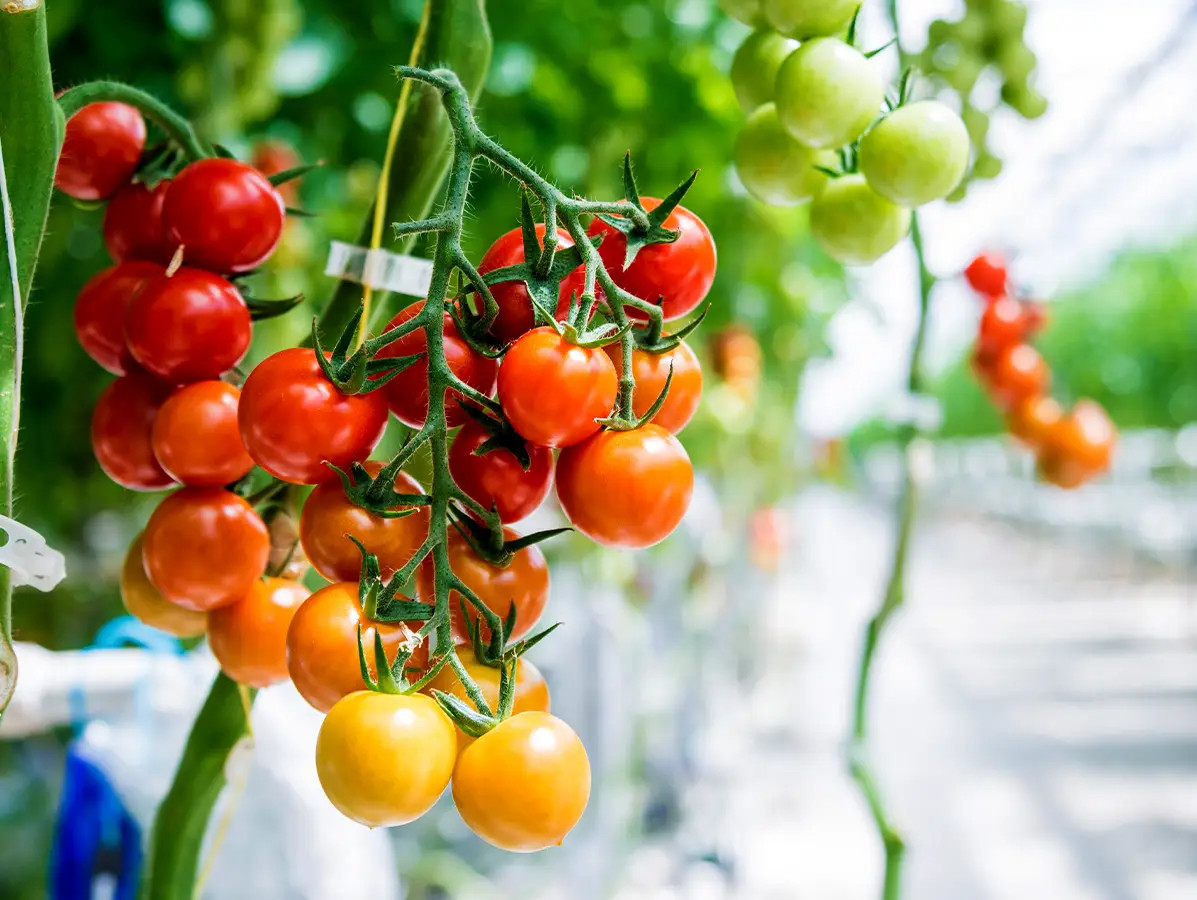
Uncertainty is growing; both in the fields and behind closed doors in Brussels. Over the past four years, vegetable production in the European Union has fallen by 7%. Climate challenges, rising costs and stricter regulations are holding growers back. The impact is also visible in the Netherlands. The SGP is sounding the alarm and calling on the European Commission to take action.
According to the European Statistics Handbook 2025, the EU produced 46.6 million tonnes of fresh vegetables in 2024. That’s a slight increase compared to the previous year, but still well below the 49.8 million tonnes recorded in 2021. The downward trend of recent years continues. Output of cabbage, lettuce and courgettes in particular remains under pressure. The Netherlands saw a modest increase but still came in below 2021 levels, at 5.4 million tonnes.
At the start of June, MEP Bert-Jan Ruissen (SGP) expressed his concerns in written questions to the European Commission. He pointed to a mix of factors troubling growers: “Extreme weather conditions, increasing regulation, labour costs and shortages, and restrictions on the use of crop protection products,” said Ruissen. He wants to know how the Commission views this trend and what measures it will take to maintain production levels.
Weather is becoming an increasingly unpredictable part of the production equation. In 2024, European growers once again had to deal with late frost, flooding, and periods of drought. Conditions in Spain and Italy were especially stark. Southern Italy was hit by prolonged drought, while fields in the north were inundated. The impact on yields varied per crop. Onion and bell pepper volumes rose, while lettuce and cauliflower saw a decline. At the same time, effective crop protection tools are becoming less available, raising the stakes when disease pressure increases.
The Netherlands also faced a wet spring. Yet that ultimately led to a record harvest of seed onions—an estimated 1.5 million tonnes (+15%). Overall vegetable production rose slightly to 5.39 million tonnes. Investments in cultivation technology and protective measures helped the sector hold its ground.
Food security is gaining importance in EU agricultural policy. Commissioner Christophe Hansen has stated that this will be a central focus of his strategy. The recent decline in production makes this a pressing issue—not just in terms of volume, but also in light of price pressure and inflation. The index for fresh vegetables rose to 151 points in November 2024, up six points from the year before.
According to the Handbook, vegetable consumption in the EU is expected to remain stable or rise slightly through 2035. But whether that demand will be met by local production remains uncertain. Ruissen urges swift action: “I want to know what the Commission plans to do to increase vegetable production again.”
Read the European Statistics Handbook 2025 for full details.
Eurofractie.sgp.nl
Source: SGP